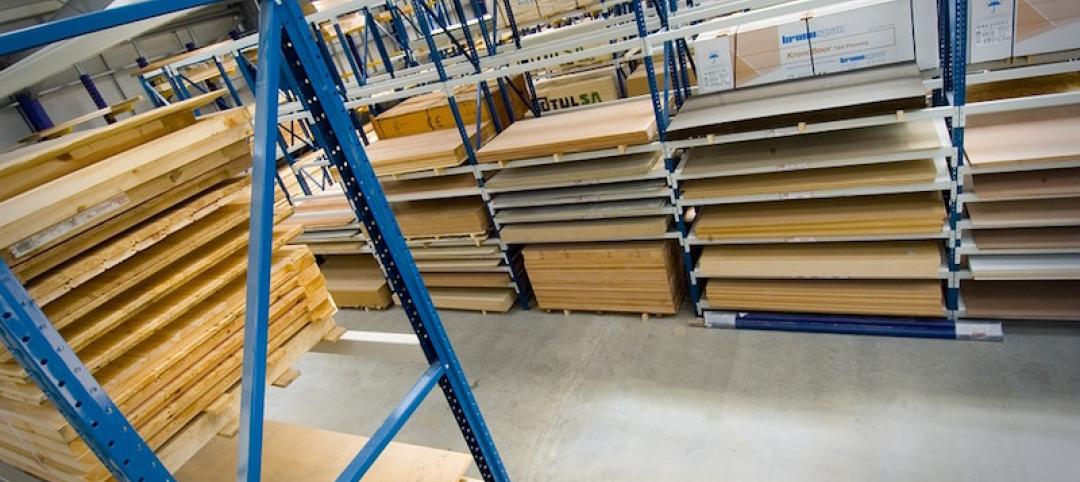Early this year, Canada and several U.S. states enacted new regulations eliminating the use of blowing agents containing hydrofluorocarbons with high global warming potential.
The regulations apply to extruded polystyrene insulation and other closed-cell foam insulations that use HFC blowing agents. This material is used in low-slope roof systems to support thermal performance, provide moisture control, and deliver compressive strength.
The new HFC regulations are being implemented on a state-by-state basis and are currently effective in California, Colorado, New Jersey, New York, Vermont, and Washington. Delaware, Maryland, and Massachusetts have finalized similar regulations.
The regulations generally prevent the sale of non-complying products into a state and allow a grace period for sales of existing materials after which non-compliant products cannot be sold. The new regulations have hastened the pace of innovation for manufacturers to develop blowing agents with less global warming potential.
Related Stories
Codes and Standards | Jul 19, 2017
Economic impacts of climate change will jump over next two decades
Average annual cost to buildings and infrastructure from eastern storms to rise by $7.3 billion.
Codes and Standards | Jul 18, 2017
Energy modeling yields accuracy within 4%, says new study
Results of the study support the usefulness of the practice.
Codes and Standards | Jul 13, 2017
Net Zero Energy rebranded as ‘Zero Energy’
ILF aims to make new certification the sole standard for highest performing buildings.
Codes and Standards | Jul 13, 2017
New York City creates $10 million fund to help women- and minority-owned firms win construction contracts
The money is earmarked for up to $500,000 surety bonds per contract.
Codes and Standards | Jul 12, 2017
New International Building Code allows weather-resistive barriers above 40 feet
Danger of propagating flames now deemed negligible.
Codes and Standards | Jul 10, 2017
New mass plywood panel project moves ahead with federal grant
New material is substitute for concrete and steel in multi-story projects.
Codes and Standards | Jul 6, 2017
Trump ups ante on apprenticeships, gives private sector more room to design them
Initiative aimed at alleviating construction industry worker shortage.
Codes and Standards | Jul 6, 2017
Flawed modeling to blame for green buildings failure to live up to hype on energy efficiency
Explains energy performance gap from expected savings to actual savings.
Codes and Standards | Jul 5, 2017
Research study examines tall timber buildings worldwide
Industry group developing criteria for categorizing wide range of construction approaches to tall timber buildings.
Codes and Standards | Jun 30, 2017
AAMA releases new document on aluminum fenestration and energy efficiency
The free download addresses entrances, storefront framing, curtain walls, windows and skylight fenestration systems.

















